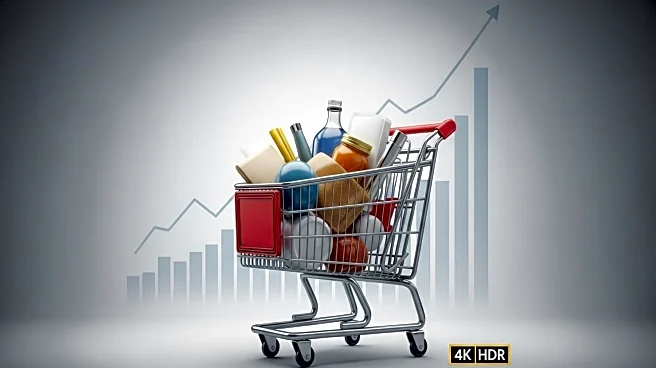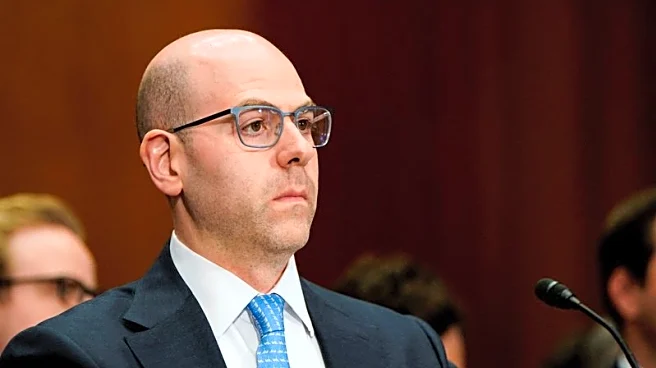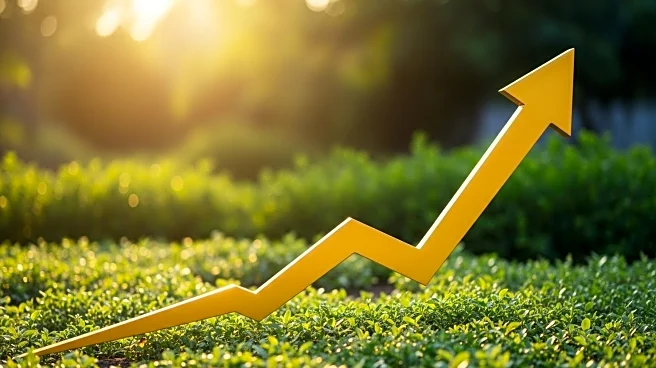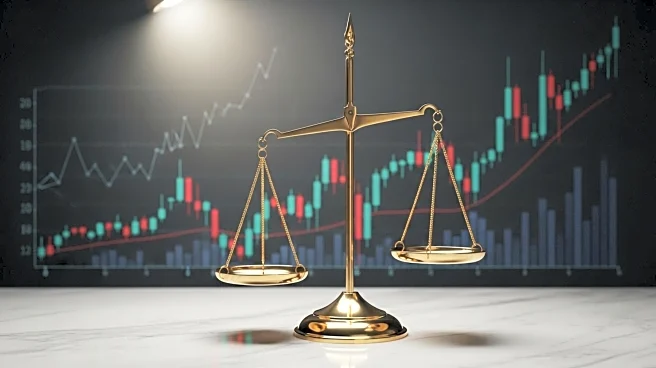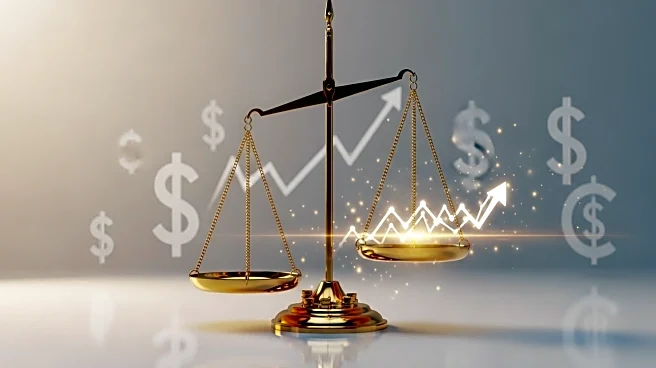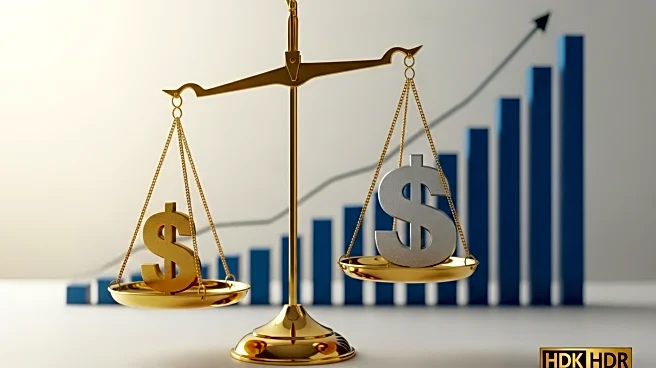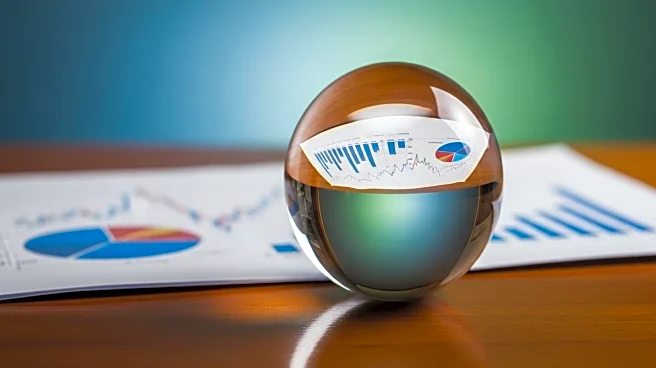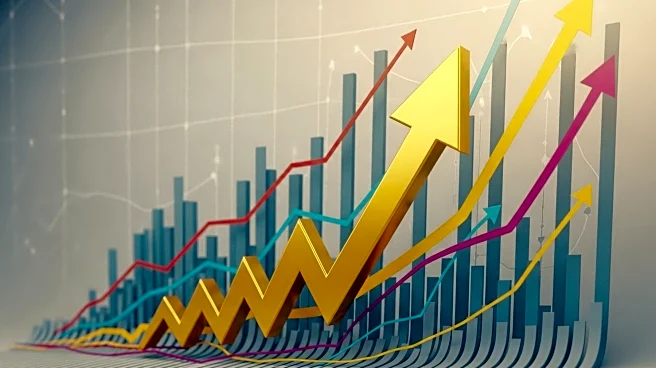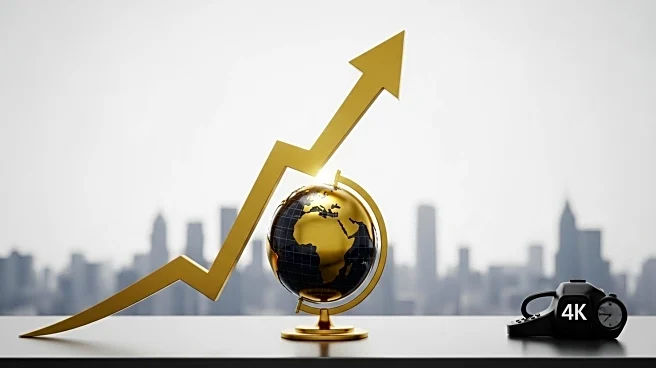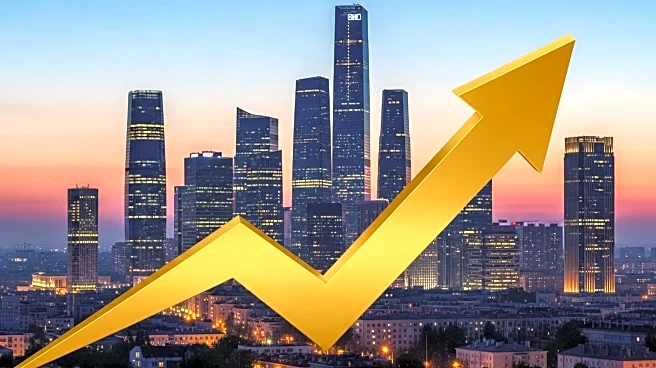What is the story about?
What's Happening?
U.S. consumer spending rose by 0.6% in August, surpassing expectations, as reported by the Commerce Department. This increase in spending is attributed to high-income households benefiting from a robust stock market and elevated home prices. Despite a slowdown in the labor market, consumer spending has been a significant contributor to the U.S. GDP, which grew at an annualized rate of 3.8% in the second quarter. The Personal Consumption Expenditures (PCE) Price Index, a key measure of inflation tracked by the Federal Reserve, rose by 0.3% in August, marking a year-on-year increase of 2.7%.
Why It's Important?
The rise in consumer spending is crucial as it accounts for more than two-thirds of U.S. economic activity. The increase in spending, despite a sluggish labor market, indicates resilience in the economy. However, the rise in the PCE Price Index suggests that inflation is picking up, which could influence the Federal Reserve's monetary policy decisions. The Fed recently cut interest rates to support the economy, but persistent inflation could complicate future rate cuts. High-income households are driving the spending, while lower-income households face challenges due to higher prices and potential cuts to government assistance programs.
What's Next?
Economists predict that consumer spending may slow down by the end of the year due to rising prices, particularly those affected by tariffs. The Federal Reserve will continue to monitor inflation and economic indicators to determine future interest rate adjustments. The upcoming release of the PCE Price Index and nonfarm payrolls report will provide further insights into the economic outlook. Businesses may eventually pass on tariff costs to consumers, potentially impacting spending patterns.
AI Generated Content
Do you find this article useful?
